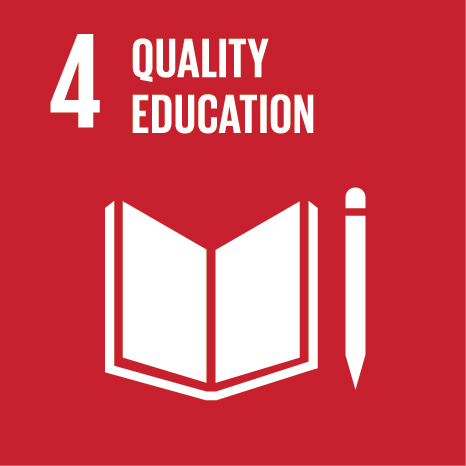Ciência_Iscte
Publications
Publication Detailed Description
Journal Title
HardwareX
Year (definitive publication)
2019
Language
English
Country
United Kingdom
More Information
Web of Science®
Scopus
Google Scholar
This publication is not indexed in Overton
Abstract
YOLO is a non-anthropomorphic social robot designed to stimulate creativity in
children. This robot was envisioned to be used by children during free-play where they use the
robot as a character for the stories they create. During play, YOLO makes use of creativity
techniques that promote the creation of new story-lines. Therefore, the robot serves as a tool that
has the potential to stimulate creativity in children during the interaction. Particularly, YOLO
can stimulate divergent and convergent thinking for story creations. Additionally, YOLO can
have different personalities, providing it with socially intelligent and engaging behaviors. This
work provides open-source and open-access of YOLO's hardware. The design of the robot was
guided by psychological theories and models on creativity, design research including user-centered
design practices with children, and informed by expert working in the
field of creativity. Specifically, we relied on established theories of personality to inform the social behavior of the robot, and on theories of creativity to design creativity stimulating behaviors. Our design decisions were then based on design fieldwork with children. The end product is a robot that communicates using non-verbal expressive modalities (lights and movements) equipped with sensors that detect the playful behaviors of children. YOLO has the potential to be used as a research tool for academic studies, and as a toy for the community to engage in personal fabrication. The overall bene
t of this proposed hardware is that it is open-source, less expensive than existing ones, and one that children can build by themselves under expert supervision.
Acknowledgements
--
Keywords
Human-robot interaction,Social robot,Hardware design,Personal fabrication,Open access,Open source
Fields of Science and Technology Classification
- Electrical Engineering, Electronic Engineering, Information Engineering - Engineering and Technology
- Psychology - Social Sciences
Funding Records
| Funding Reference | Funding Entity |
|---|---|
| SFRH/BD/110223/2015 | Fundação para a Ciência e a Tecnologia |
| UID/PSI/03125/2013 | Fundação para a Ciência e a Tecnologia |
Contributions to the Sustainable Development Goals of the United Nations
With the objective to increase the research activity directed towards the achievement of the United Nations 2030 Sustainable Development Goals, the possibility of associating scientific publications with the Sustainable Development Goals is now available in Ciência_Iscte. These are the Sustainable Development Goals identified by the author(s) for this publication. For more detailed information on the Sustainable Development Goals, click here.

 Português
Português



